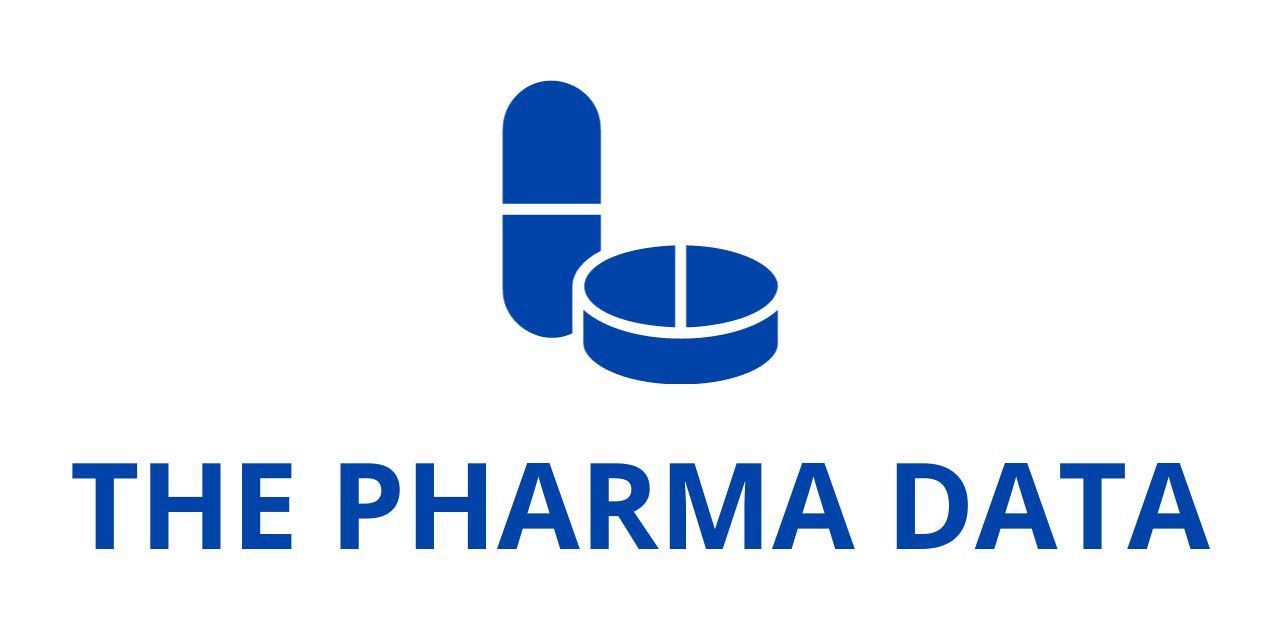
Verge Genomics Identifies Digital Biomarkers for Early ALS Progression in VRG50635 Trial
Verge Genomics, a trailblazer in AI-powered drug discovery and development, today announced pivotal findings that could reshape the design and execution of clinical trials for neurodegenerative diseases. In a significant milestone for the company’s ongoing Phase 1b proof-of-concept trial, Verge has demonstrated that advanced digital biomarkers can detect meaningful progression of amyotrophic lateral sclerosis (ALS) during the pre-treatment phase—within just eight weeks of monitoring. This early detection was achieved using a suite of cutting-edge, non-invasive technologies aimed at capturing real-world patient function across a range of key domains.
Verge’s investigational candidate, VRG50635, is a first-in-class small molecule inhibitor targeting PIKfyve, a protein implicated in neurodegeneration. The current study is evaluating this compound in individuals diagnosed with both sporadic and familial forms of ALS, a fatal neurodegenerative disease that progressively damages nerve cells controlling voluntary muscles. With no cure and only limited treatment options, ALS presents an enormous unmet medical need, and novel strategies for evaluating disease progression and drug efficacy are urgently required.
A Paradigm Shift in ALS Clinical Trial Design
Traditionally, ALS clinical trials have relied on subjective and infrequent measurements such as the ALS Functional Rating Scale-Revised (ALSFRS-R) to assess disease progression and treatment effects. These tools, while valuable, often fail to capture subtle changes that may occur over short timeframes or between clinic visits. Verge Genomics, leveraging its deep integration of artificial intelligence, computational biology, and digital health technologies, has taken a bold step forward in addressing this limitation by embedding continuous digital measurement tools into the fabric of its clinical trial design.
The latest results, shared today ahead of a major presentation at the 77th Annual Meeting of the American Academy of Neurology (AAN) in San Diego, highlight how a suite of digital biomarkers—measuring speech, movement, breathing, and sleep—can yield statistically significant insights into disease progression even before patients begin drug treatment. This eight-week pre-treatment “run-in” period, traditionally used to establish baseline measurements, was transformed into a powerful window for evaluating how ALS evolves over time at an individual level.
Multi-Dimensional Monitoring with Digital Biomarkers
The study employed three digital health platforms, each uniquely designed to capture key aspects of daily function that are known to deteriorate in ALS. These included:
- Touchless Wireless Sensors (Emerald Innovations):
Emerald’s home-based system uses AI/ML-enhanced wireless sensors that do not require the patient to wear or interact with any device. The sensors continuously measure parameters such as walking speed, frequency and quality of turns in bed, breathing variability, sleep efficiency, and time awake after sleep onset. This frictionless monitoring approach captures critical data passively in real-world settings, providing a comprehensive view of patient functionality with minimal intrusion. - Wearable Accelerometers (ActiGraph):
ActiGraph’s wearable devices were used to assess mobility and physical activity. Participants wore wrist-based accelerometers that recorded total step count and time spent in moderate-to-vigorous activity. Additionally, these devices captured aspects of rest and sleep patterns, adding further granularity to the understanding of ALS-related functional decline. - AI-Powered Speech Assessment (Modality.AI):
Speech impairment is a hallmark symptom of ALS and often correlates with loss of motor function. Modality.AI’s tablet-based speech platform enabled patients to complete vocal tasks remotely, such as reading a short passage or sustaining a phonated sound. This system utilized artificial intelligence to measure speech fluency, articulation, and respiratory strength—all critical metrics for communication and quality of life.
The combination of these platforms allowed researchers to continuously collect multi-domain data points in participants’ natural home environments. Importantly, the trial did not require participants to travel to the clinic for these measurements, reducing patient burden and improving adherence while capturing a more accurate representation of real-world disease progression.
Significant Disease Progression Captured in Just 8 Weeks
What makes Verge’s findings especially compelling is the observation that statistically significant changes in key biomarkers were detected over the short, pre-treatment period. This suggests that ALS progression can be more dynamically monitored than previously thought, and that meaningful changes in patient function may occur on much shorter timescales than traditional methods have been able to capture.
For instance, participants demonstrated measurable changes in gait, turning ability during sleep, and variability in breathing patterns—metrics associated with the Emerald system. The ActiGraph devices captured a decrease in daily physical activity levels and a shift in sleep architecture, both indicative of ALS progression. Meanwhile, Modality.AI’s speech data revealed early declines in phonation and respiratory effort, highlighting how speech may degrade even before patients report noticeable difficulties.
Leadership Perspectives and Broader Implications

“This is the first time a biotech company has evaluated a broad spectrum of digital clinical biomarker endpoints in an ALS drug trial,” said Dr. Diego Cadavid, Chief Medical Officer of Verge Genomics. “These results show we can detect significant functional deterioration over a very short time period—before patients have even taken a single dose of investigational therapy. This has enormous implications for improving trial sensitivity and accelerating our understanding of treatment effects.”
Dr. Cadavid is set to present the full data in a featured platform session at AAN, where it is expected to draw interest from neurologists, drug developers, and digital health innovators alike.
Dr. Dina Katabi, President and Co-Founder of Emerald Innovations, echoed this sentiment. “Our collaboration with Verge is rooted in a shared belief that technology should be seamless and non-intrusive. ALS patients already face immense challenges—so measuring their condition should not add more burden. This study proves that real-time, passive monitoring is not only feasible but can yield powerful insights.”
Christine Guo, Ph.D., Chief Scientific Officer at ActiGraph, emphasized how high-frequency digital data collection is changing the way researchers approach neurodegenerative conditions. “By capturing daily fluctuations in mobility and rest, we’re closing the measurement gap that has historically made ALS trials slow and difficult to interpret. It’s about turning every moment into actionable data.”
David “DSO” Suendermann-Oeft, CEO of Modality.AI, noted the importance of communication-focused metrics. “Speech is deeply personal and vital to dignity and independence. Our platform enabled the early detection of subtle changes in articulation and breathing that might otherwise go unnoticed. This kind of insight can help clinicians better understand when and how to intervene.”
Toward a New Era of ALS Drug Development
The integration of these digital tools is poised to shift the paradigm in how ALS clinical trials are designed and executed. By capturing early disease progression during a run-in phase, researchers can improve trial precision, reduce placebo exposure time, and more effectively measure therapeutic impact. Additionally, the wealth of real-world, high-resolution data offers new opportunities to model disease trajectories and personalize future treatments.
For Verge Genomics, the implications extend beyond ALS. The company’s proprietary CONVERGE™ platform—an AI-driven drug discovery engine—integrates human genomics, transcriptomics, and patient-derived data to prioritize drug targets and match them with patients most likely to benefit. The success of this digital biomarker strategy in ALS further validates Verge’s commitment to marrying computational innovation with real-world clinical practice.
As neurodegenerative diseases continue to challenge traditional medical paradigms, Verge’s approach offers a glimpse into a future where digital health, artificial intelligence, and biopharmaceutical R&D work in tandem to accelerate therapeutic discovery and deliver better outcomes for patients worldwide.




